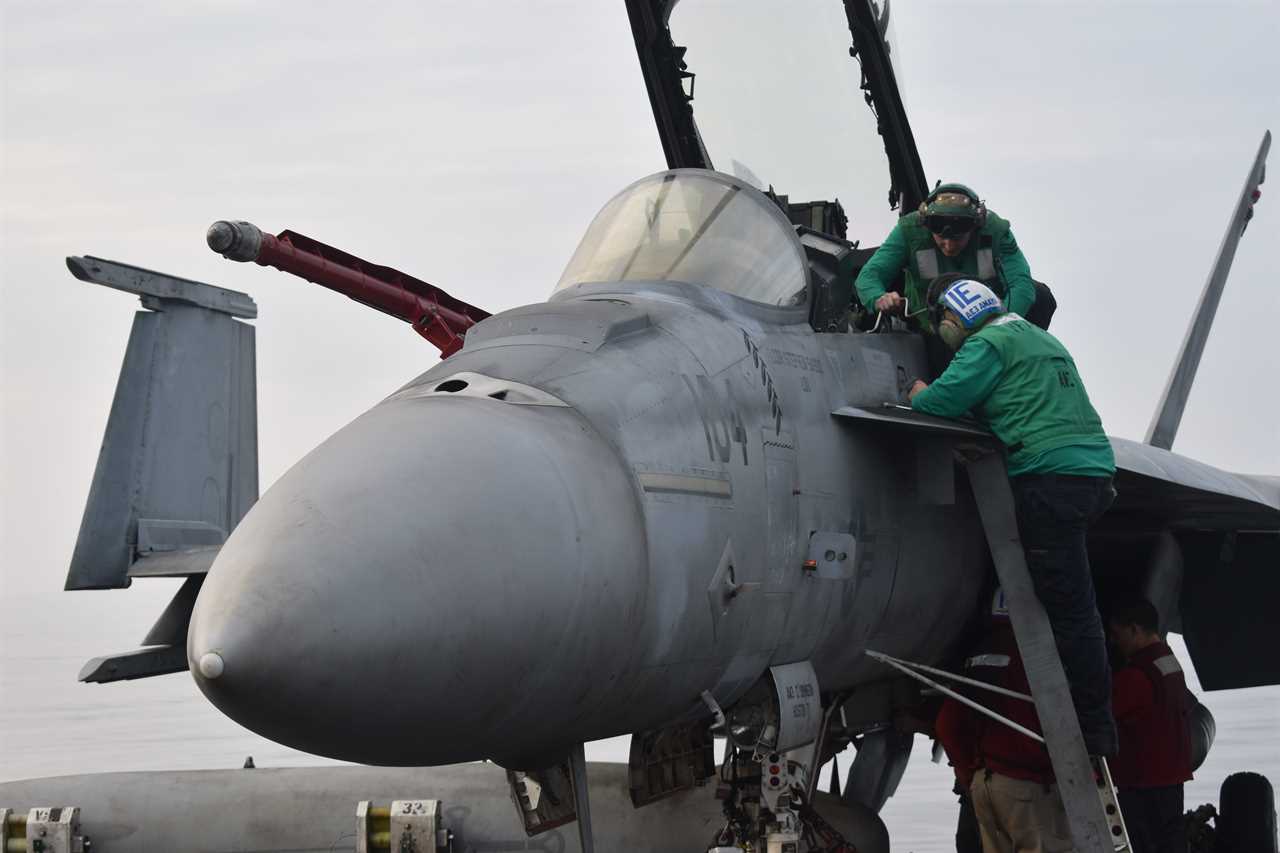
Jake Epstein/Business Insider
- The US Navy spent months shooting down Houthi drones and missiles in the air.
- Last month, however, it changed tactics and began to hit the threats before they could be launched.
- Business Insider visited US Navy warships in the Red Sea this week and learned more about this tactical shift.
The US Navy spent months tirelessly shooting down Houthi threats in the air, but it never struck the Iran-backed rebels in Yemen directly.
It has, however, since changed its approach to this problem. Rather than engaging Houthi drones and missiles once they're airborne, American forces are now regularly eliminating the Houthi weapons before they can even be launched into the international shipping lanes off the coast of Yemen.
The commander of the Dwight D. Eisenhower Carrier Strike Group explained to Business Insider aboard its flagship, the carrier Ike, that the Houthis changed their game, so the US Navy did too.
The shift in tactics toward an emphasis on preemptive action began in mid-January and has seen the US destroy a large amount of Houthi drones and missiles, including anti-ship cruise and ballistic missiles.
These kinds of strikes occur frequently. Last week alone, for example, the Pentagon announced preemptive strikes three days in a row, and there was another series of strikes that took out a range of assets on Wednesday.
US Central Command, or CENTCOM, describes these engagements as "self-defense" strikes because the drones and missiles are ready to be launched from Yemen and present an "imminent threat" to American warships and commercial vessels in the strategic Red Sea and Gulf of Aden.
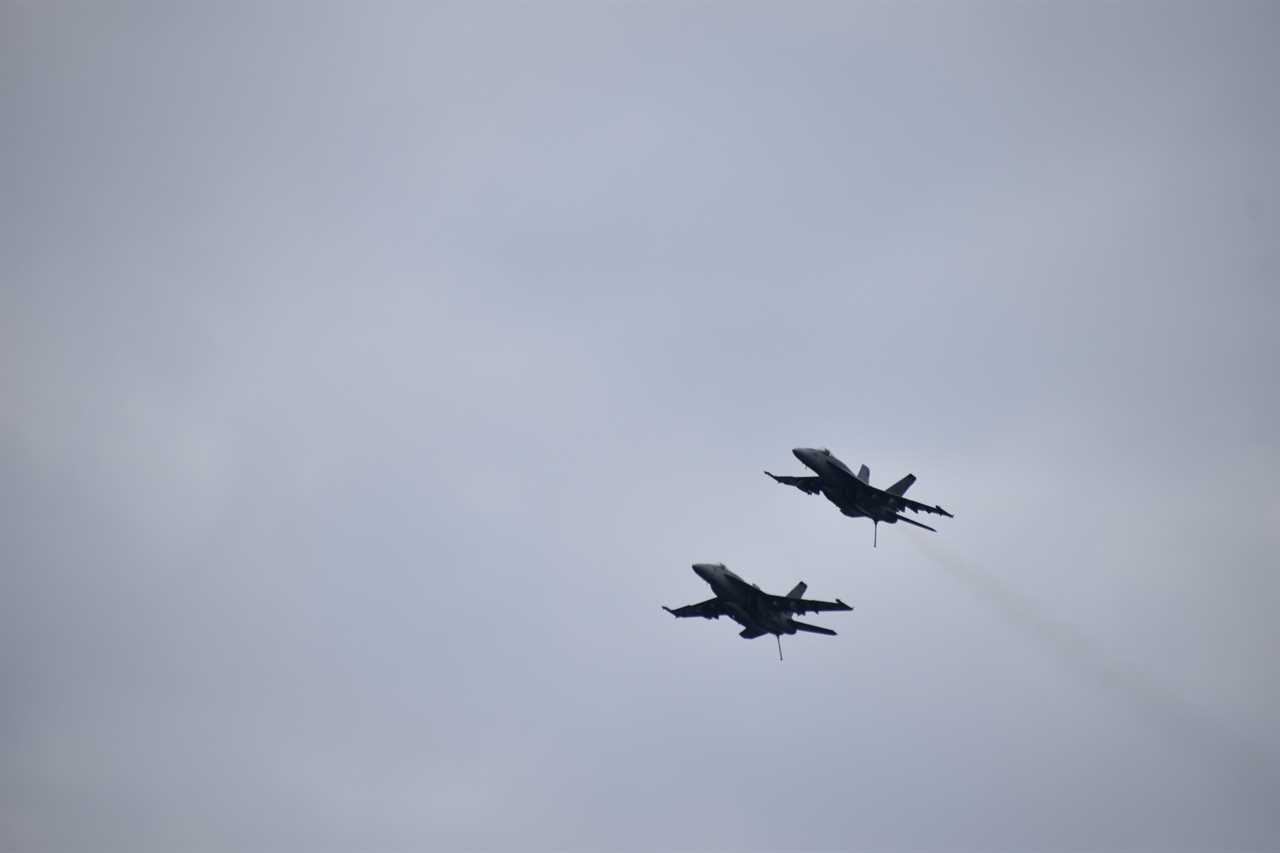
Jake Epstein/Business Insider
Rear Adm. Marc Miguez, commander of Carrier Strike Group 2 led by the Eisenhower, described the shift in tactics in an interview with Business Insider aboard the aircraft carrier this week.
"As with any adversary or any threat, they start to change their tactics over time," Miguez said of the Iran-backed Houthis. "We know for a fact through just being here as long as we have, they have changed their tactics."
Through the use of airborne drones, he said, the Houthis have developed the ability to conduct maritime targeting of commercial vessels and US Navy ships off the coast of Yemen.
"We changed our tactics, and we started using self-defense because we know for a fact they're providing that information back to a ballistic missile threat or a cruise missile threat," he said. Beyond taking out airborne drones, the Navy is using intelligence to identify them in Yemen before they are launched and strike them there.
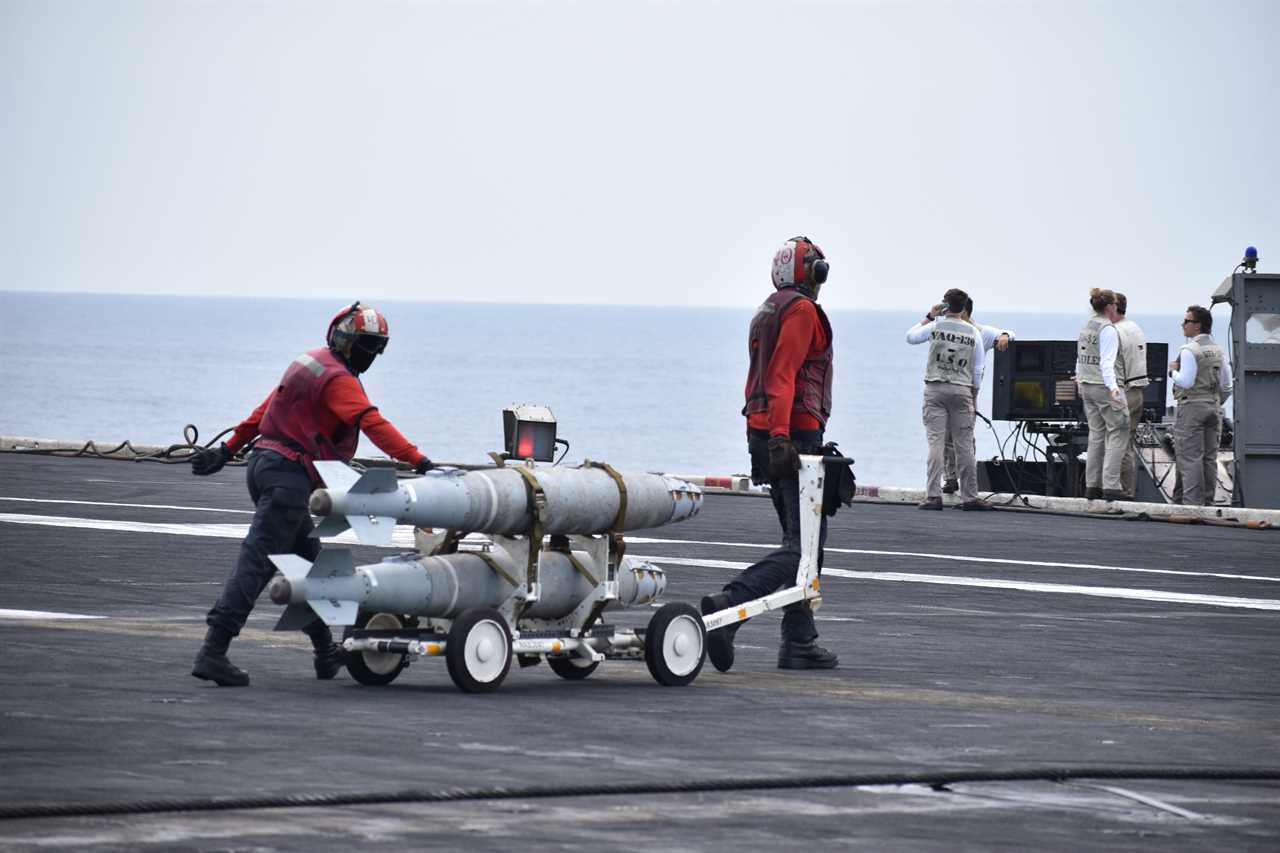
Jake Epstein/Business Insider
"That's one tactic that we were not doing initially, and now we are," Miguez said.
For ballistic missile threats, he said, "sometimes we get very little heads up or preemptive action." But if the US can use drones to conduct its own intelligence, surveillance, and reconnaissance missions and identify Houthi threats that are locked and loaded, so to speak, "then we have the self-defense strikes already on call to go out and actually take those weapons out" before they're launched, the commander explained.
"That's something we weren't doing," he said. "We're ever-changing our tactics."
Capt. Marvin Scott, the commander of the Eisenhower's air wing, traced the first shifts in tactics back to late December, when US Navy personnel were fired upon by Houthi guns in the southern Red Sea.
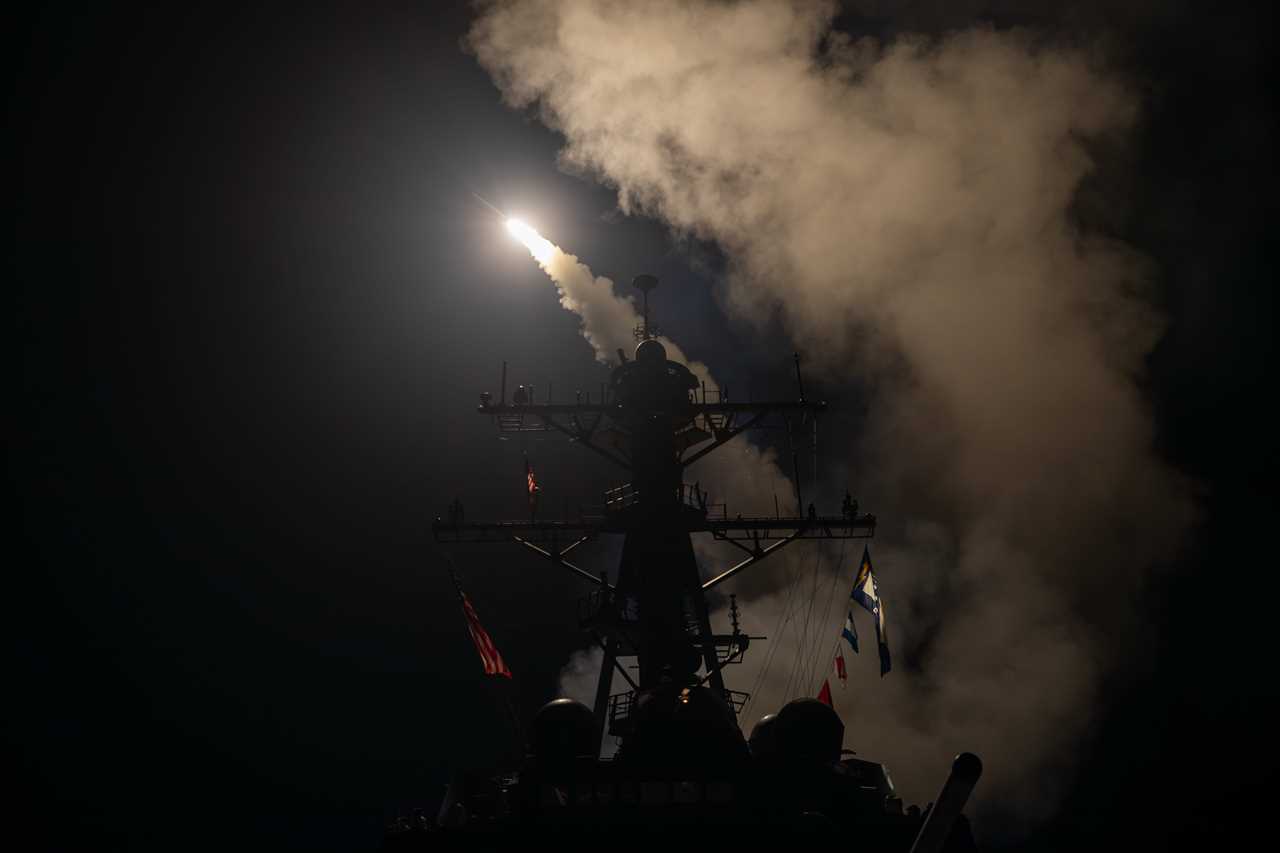
US Navy photo by Mass Communication Specialist 1st Class Jonathan Word
In the morning on December 31, helicopters from the Eisenhower and USS Gravely, a destroyer in the Ike's strike group, responded to a distress call from a container ship that had come under attack by four small boats carrying Houthi rebels.
The Houthis then opened fire on the US helicopters, which returned fire in "self-defense," sinking three of the boats and killing the crews, US Central Command, or CENTCOM, said at the time.
With this engagement, the Houthis escalated the situation, Scott said. Prior to that, the Navy was "primarily in a deterrence posture. Since then, we have actively degraded their capabilities," he told Business Insider.
This effort involves seeking out Houthi threats before they can launch and conducting airborne operations throughout the day to defend ships off the coast of Yemen, Scott added.
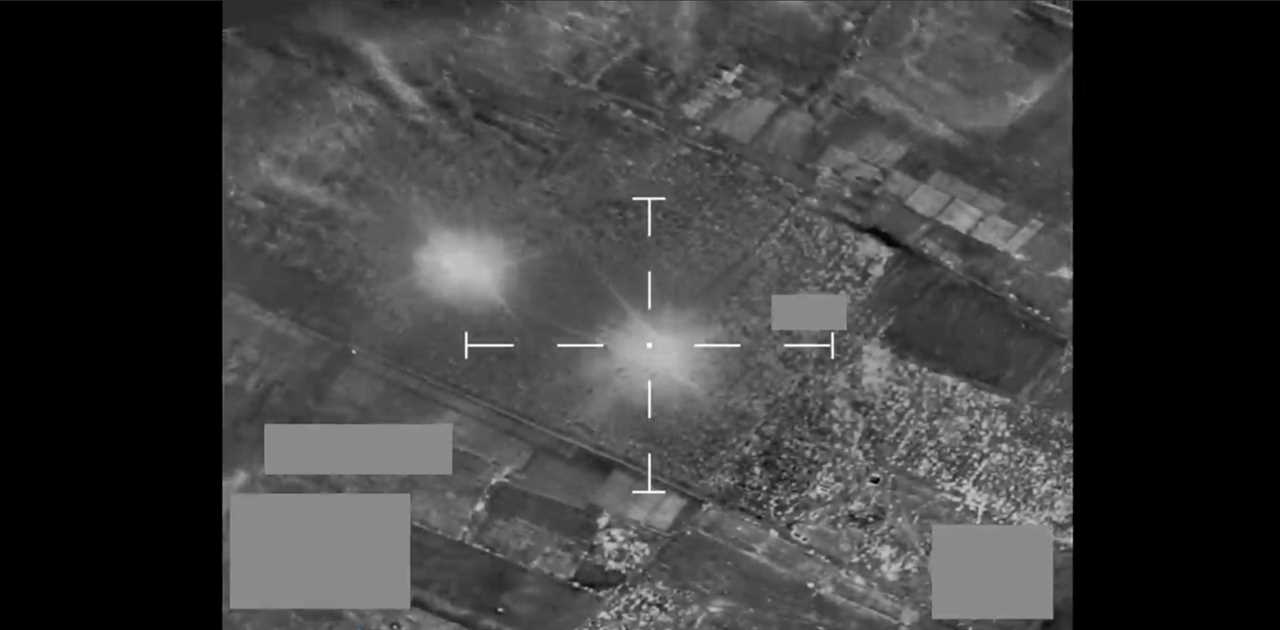
Screengrab via UK Ministry of Defense
The US military's preemptive actions are notably different from the three rounds of joint strikes that American and British forces have conducted since Jan. 11, which were more widespread and took aim at multiple targets across Yemen well beyond just missiles and drones that being prepared for launch.
Among the targets hit by the US and UK in their coordinated strikes on the Houthis — which included support from several other countries — were command and control facilities, weapons storage sites, air-defense systems, and radars.
It's unclear how long these engagements will go on for, but US officials have regularly asserted that strikes in Yemen will continue as long as the Houthis continue targeting key international shipping lanes off the coast of Yemen. This week alone, the rebels have already fired three missiles, according to the Pentagon.
Read More
By: [email protected] (Jake Epstein)
Title: Inside a deployed US Navy carrier strike group's tactical shift to kill Houthi missiles and drones before they ever take flight
Sourced From: www.businessinsider.com/inside-us-navy-aircraft-carrier-tactics-shift-houthi-missiles-drones-2024-2
Published Date: Thu, 15 Feb 2024 12:11:38 +0000
.png)





